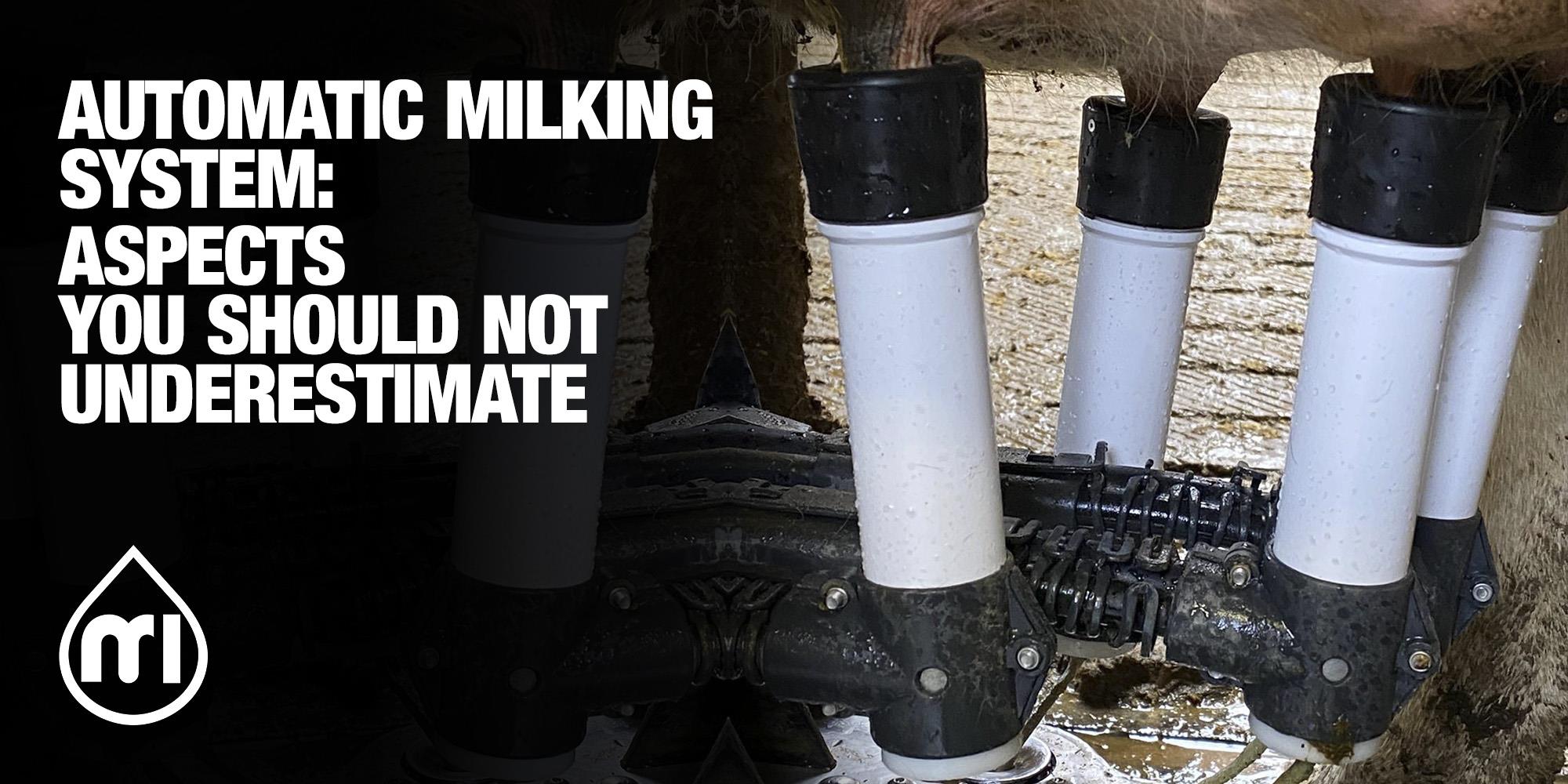
Automatic Milking System: aspects you should not underestimate
What benefits does Automatic Milking ensure to farmers? And how could they get the best from such a disruptive technology? Keep reading to find out practical, helpful insights into the Automatic Milking Systems’ world.
After the first introduction to Robot Milking, with the help of Ghislain Coppejans, Regional Sales Manager, we have been able to point out some of the main benefits farmers can obtain, by opting for Automatic Milking Systems.
However, particular attention should be paid to some settings and KPIs to ensure that robots can milk as smoothly and efficiently as possible.
Let’s start finding them out!
Which aspects should be given special attention?
- Higher costs, same revenue. An aspect that should not be underestimated is the financial difference between traditional milking and robotic milking. Both expense and income levels are higher with AMS milking systems. Purchase, maintenance, and energy costs are way higher per 100 cows than traditional equipment.
- No claws, lower vacuum stability. Robots milk each quarter with a teat cup and a long milk tube without a claw buffer. This makes it difficult to obtain a stable and desired vacuum profile below the teats. As a result, due to the higher vacuum cyclic variations, more respray and turbulence occur in the long milk tube, which increases the acidity of the milk.
How can you make the most out of Robot Milking?
The potential of AMS is really high: farmers can achieve 2,200 litres per day, or more than 800,000 litres per year, according to the functionality of the stable, the efficiency of the farm, and the settings of the robot.
Milk quantity per day can rise either by increasing the production per cow per day or by raising the number of milkings per day. As Ghislain suggests, an average of 2.6 – 2.9 average milkings a day per cow is realistic.
To achieve these results, however, farmers must manage their businesses extremely efficiently whilst constantly optimising settings and performance.
In other words, to be successful, none of the following factors should be underestimated, bearing in mind that they influence each other and, in most cases, at least one of them will be the limiting factor:
- Milking frequency
- Milk production
- Feed intake (energy/protein needs)
- Health & activity.
Here is how AMS can help prioritize them:
- Robots allow more individual cow stimulation, to achieve sufficiently high peak productions.
- Robots can be equipped with weighing floors that help improve cow’s conditions (detect illness, perfect feed ratio).
Moreover, since the cows require a lot of walking, eating, drinking, milking, and resting in order to be in the best possible condition, it is essential to make sure that the barn provides them with plenty of space, an adequate number of places to eat and lie down, and sufficient, permanent, and high-quality (raw) feed. Of course, aspects like calving patterns, claw conditions, and udder health are also essential to milk more than 2,200 litres of product per robot per day.
It is crucial to ensure the cows enjoy entering the robot and being milked, avoiding overcrowding in the robot or the feeding racks by providing enough space to create smooth traffic. In fact, some cows might be afraid of others and attempt to escape.
So, we hope this Blog series helped you understand the Automatic Milking System’s potential and the importance of never stopping improving the efficiency of your farm.
Loyal to our promise of improving every farm we touch, we are working for you to make sure you get the best out of your Automatic Milking System. So, don’t miss our updates to find out how to combine cow comfort, complete milking, and high-quality milk in AMS, too!
